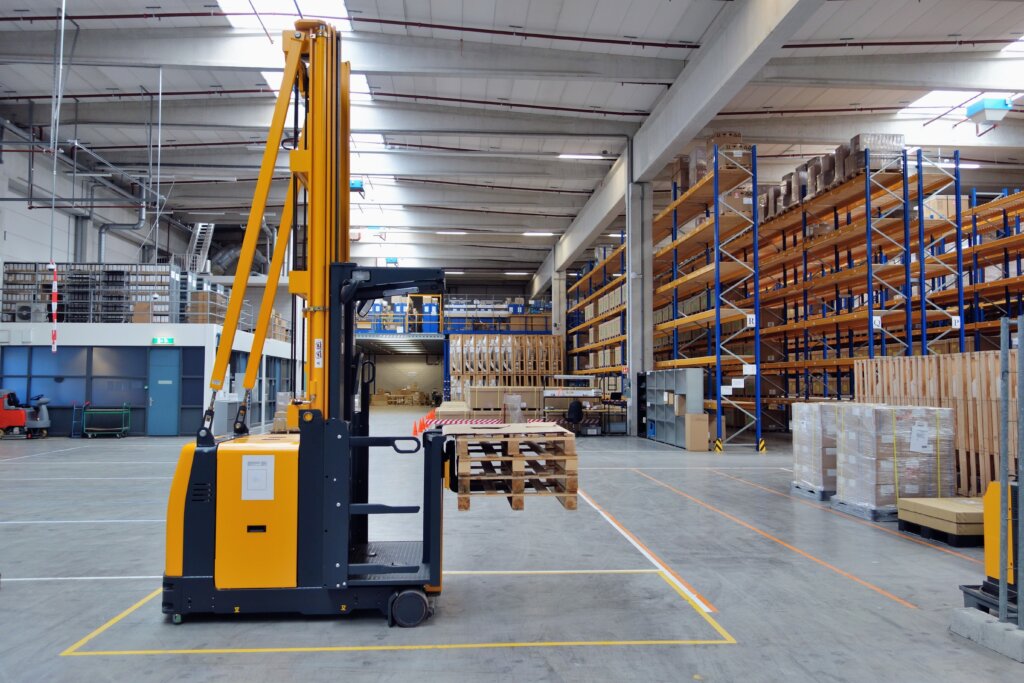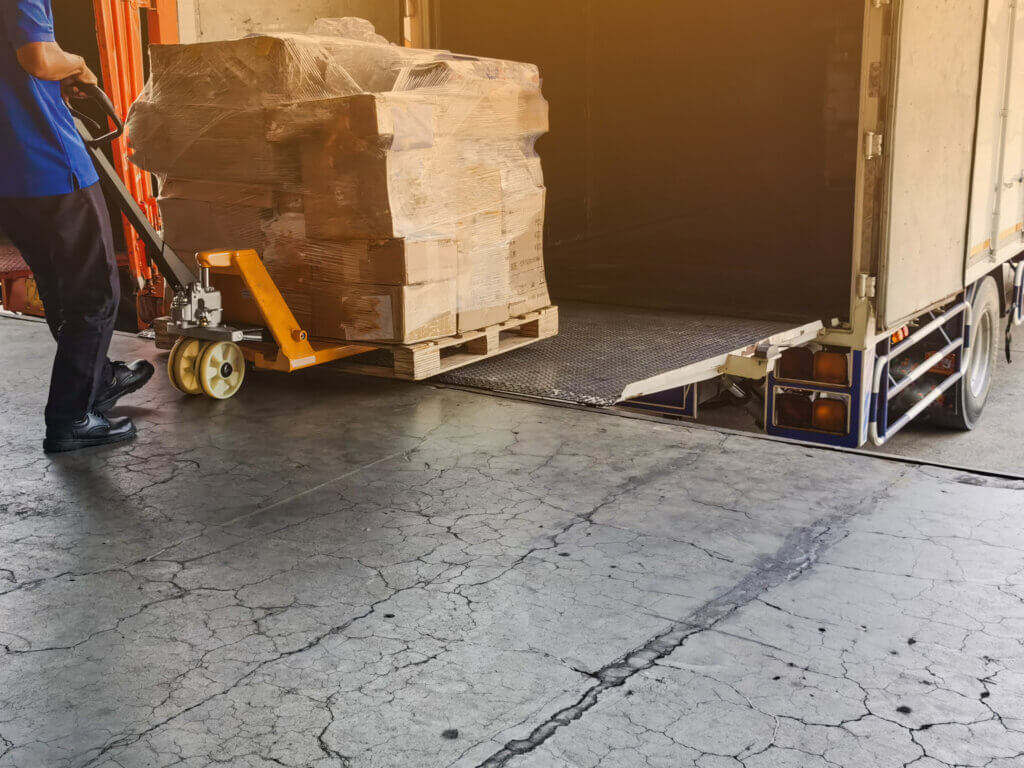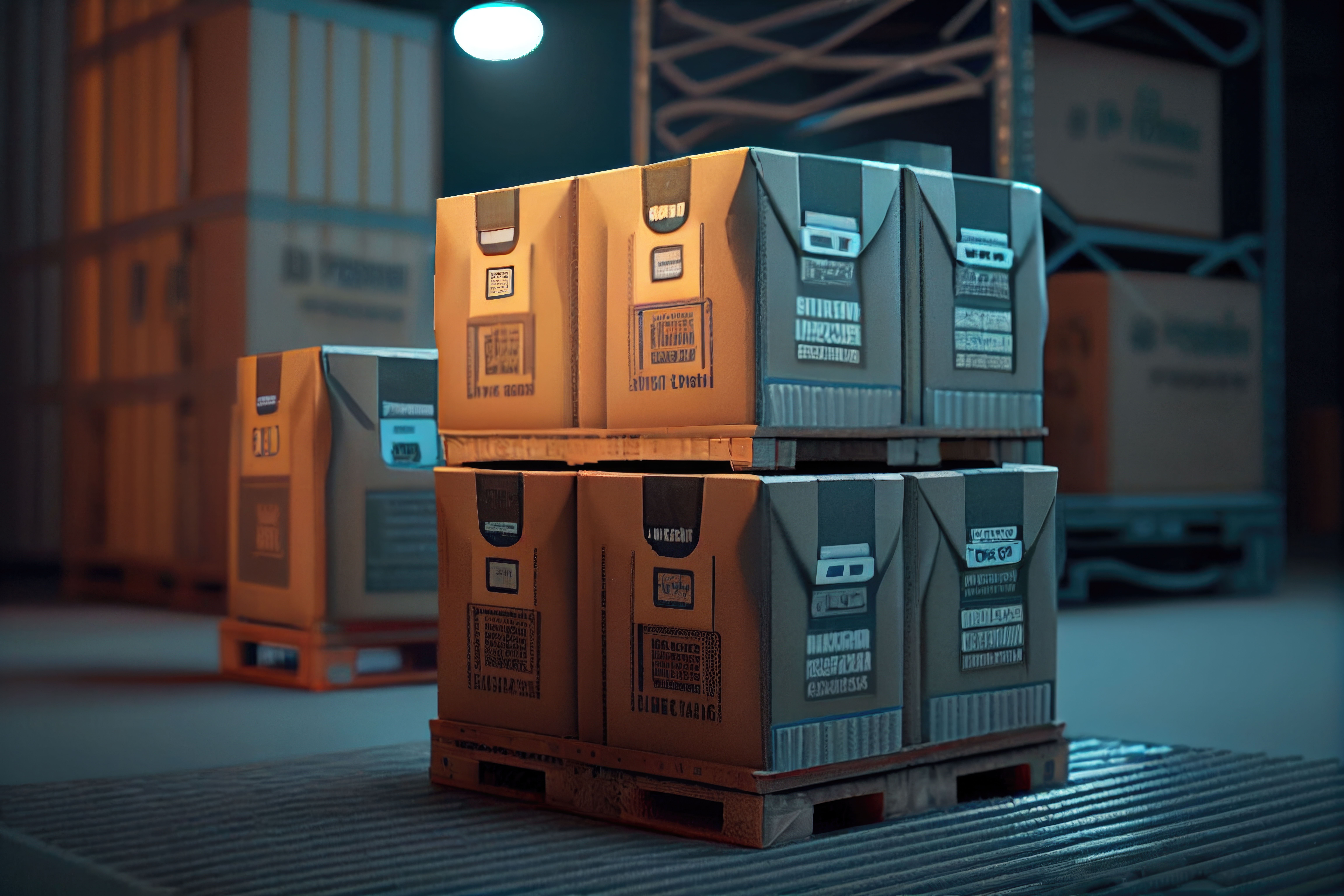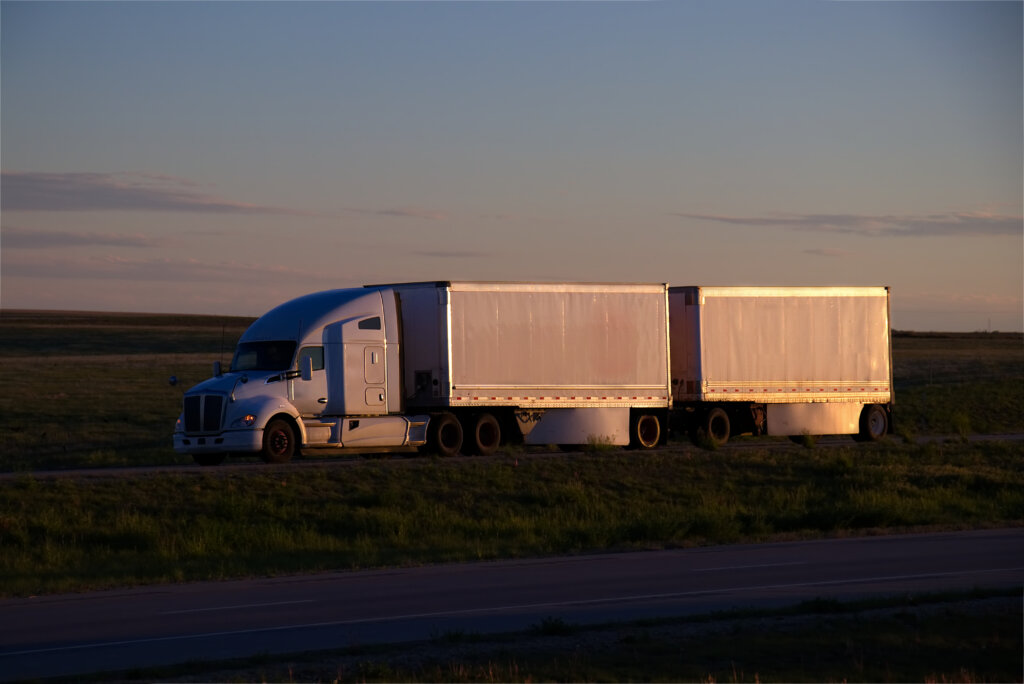
It can often be confusing to differentiate between various elements within the supply chain due to the similarities in their processes. Terms such as supply chain vs. supply network management, procurement vs. purchasing, manufacturing vs. distribution, and transloading vs. cross-docking are just a few examples of the numerous terms. Yet, despite not having the same capabilities, all these functions interconnect to form the supply chain.
In the case of transloading and cross-docking, both are essential elements in the modern supply chain, And while each is used to process and transport freight, they serve very different purposes. This article aims to explain the differences between both services and help you to identify which will best suit your needs.
Transloading Services

Transloading is the process of transferring freight from one mode of transportation to another. This occurs when the initial mode of transportation cannot deliver the goods to the final destination. The transload process involves freight being unloaded from the initial transportation mode and temporarily stored at a transloading facility where it can be sorted, repackaged, and prepared for shipment through a different method of transportation.
Aside from being unable to deliver goods to their final destination, transloading services can also be helpful in a scenario where moving freight through multiple modes of transport would be more cost-effective. It is also typical for transloaded goods to utilize intermodal transportation, where carriers ship products by more than one mode of transportation.
Cross Docking Services
Cross docking is a supply chain strategy that also involves the transfer of freight from one mode of transportation to another; however, this time, it is done with little to no storage time. Most businesses that employ this practice look to manage the flow of goods and minimize handling costs effectively.
Unlike transloading, cross-docking services are characterized by their emphasis on minimizing the storage time for shipments and transferring freight from one transport mode to another within a short window of time. Achieving this requires a high level of organization, communication, and coordination between various parties involved in the supply chain, from carriers to shippers and receivers. Freight carriers can also use advanced technologies to optimize the cross-docking process for greater efficiency.
How Are They Similar
Transloading and cross-docking are vital processes within the supply chain, playing a critical role in the movement of goods from one location to another. And while they feature distinct strategies and objectives, they possess similar characteristics.
The overall similarity is highlighted by both services’ ability to reduce costs. During cross-docking, carriers may store packages temporarily in a third-party warehouse, where the facility consolidates them into a single truckload before sending them to their final destination. Consolidating multiple shipments can result in significant cost savings by reducing the trips required to move the goods.
Similarly, transloading also reduces costs by utilizing shorter shipping routes. Through transloading services, businesses can reduce the resources required to transport their goods to other destinations, thereby reducing fuel consumption and labor costs. Companies can also avoid the costs of maintaining their facilities by outsourcing their warehousing and distribution needs to third-party providers.
Additionally, the cost savings generated by transloading and cross-docking processes can provide businesses with additional financial resources to allocate to other projects. By reducing logistics expenses, companies can focus on other critical aspects of their operations, such as research and development, marketing, and strategic investments. Ultimately, reducing operational costs and reinvesting savings into expanded capabilities can be vital for a business’s long-term growth in the supply chain.
What Are The Difference
The core objective of both transloading and cross-docking strategies is straightforward: to achieve cost savings. These freight management methods can help businesses optimize their operations, boost their overall efficiency and enhance their bottom line. However, transloading and cross-docking still feature some disparities, most of which are evident in the details.
Transloading typically involves the movement of containerized cargo, which is unloaded from one vehicle and loaded onto another. The mode of transportation can change significantly, making it an ideal option for long-distance or international shipments. For instance, freight that arrives by ship can be transloaded onto a truck for delivery to its final destination. By using various modes of transportation, shippers can consolidate their freight and reduce transport costs.
On the other hand, cross-docking utilizes the same transportation mode from the trip’s start time to the end. Unlike transloading, cross-docking eliminates the need for storage, as incoming freight is directly loaded to outbound trucks for delivery to their final destinations. Finally, cross-docking is faster because the product is already palletized, making it ideal for local or regional shipments requiring consolidation and sorting for more efficient outbound delivery.
Which Option Is Best
Transloading and cross-docking services can be used together in a supply chain to achieve efficient and streamlined freight transportation. For instance, a transloader can unload a shipping container and transfer the cargo to a cross-docking facility for sorting, consolidation, and transportation. This integrated approach to logistics allows for improved efficiency, faster delivery times, and reduced handling.
However, this strategy might not always be ideal in every scenario. By understanding the capabilities of both transloader and cross-docking facilities; businesses can plan their operations more effectively and optimize their supply chain management. To determine which service suits your needs, companies must consider their unique needs and requirements, including the distance, possible modes of transportation, and product turnover rate.
If a product has a high turnover, it requires faster shipping. In this case, exploring the quicker process of cross-docking would be best. Cross-docking is also ideal for freight that can only be transported through one mode. However, for long-haul transportation that would require the combination of several transport modes, a transloading service would be best.
Both transloading and cross-docking have their benefits and downsides. Their effectiveness will depend on how well they suit an organization’s logistics requirements. Understanding your specific shipping needs will provide a better insight into what strategy is best for your business.
Conclusion
Managing goods in the supply chain is a complex and ever-changing endeavor that constantly focuses on efficiency and customer fulfillment. In line with that, transloading and cross-docking play a vital role in enabling businesses to adapt to the dynamic nature of the sector.
By utilizing these methods, businesses can optimize goods flow, reduce transport costs and improve delivery time. In this way, transloading and cross-docking services are essential components that help ensure businesses’ success and growth across various industries.




